April 27, 2024 | 20:22 GMT +7
April 27, 2024 | 20:22 GMT +7
Hotline: 0913.378.918
April 27, 2024 | 20:22 GMT +7
Hotline: 0913.378.918
The food system (FS) of Vietnam has undergone a transformation toward safe, healthy, and sustainable production and consumption patterns that improve affordability and equal access for all while contributing to food security and nutrition. By 2025, the FS of Viet Nam is expected to be highly developed and able to provide safer, more affordable, and more nutritionally-balanced food for all.
FAO, its government counterparts, FS actors, and other stakeholders will work together to implement innovations and consolidate evidence. This will incentivize FS actors to modify their behavior and policies, resulting in systemic transformation. Three outputs are defined to achieve the desired result. Agriculture 4.0 and digital agricultural transformation will be additional CPF goals. This outcome is closely related to BL2 (Inclusive agrarian transformation) and BN3 (Safe sustenance for all).
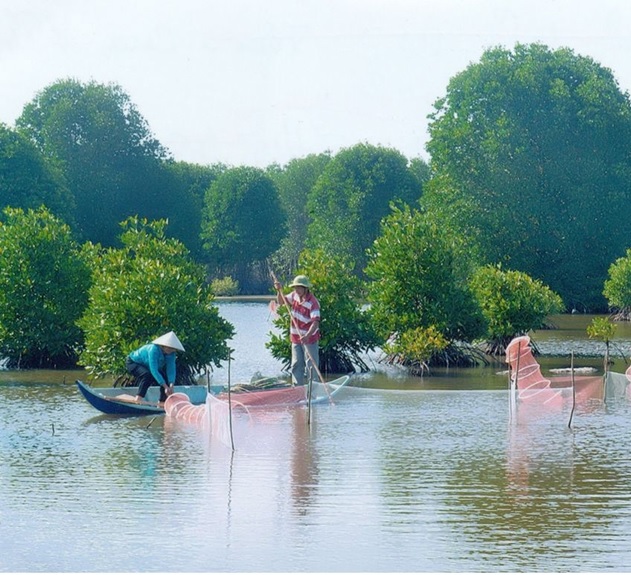
Ensuring life associated with environmental protection is always highly appreciated. Photo: HN.
Increased safe, healthy, equitable, and environmentally friendly food production and distribution systems by enhancing the capacity of small-holder farmers, value-chain actors, and government institutions with respect to safe food production, food safety surveillance, and market system facilitation.
FAO, MARD, and other Country Programming Framework (CPF) participants will support capacity development for the government, smallholder farmers, FS actors, and social organizations in order to create an enabling environment for safe and healthful FS and collective action. Typically, the comprehensive plant health management approaches promoted by MARD and FAO integrate pest management, chemical residue management, and plant nutrition management to enhance the health of the ecosystem.
The national application of this holistic approach can be scaled up through the provision of enhanced capacity. FAO, MARD, and other CPF parties will promote the implementation of food safety standards and diversification of agricultural systems to ensure that everyone has access to safe, nutritious, and well-balanced diets. To facilitate service delivery, quality assurance, traceability, and marketability, digital technologies will be promoted. In addition, national food balance sheets will be developed as a foundation for FS diversification promotion and policy decision-making processes. To provide consumers with unambiguous market signals and information, there will be policy development and regulation/standard setting for the marketing of healthy foods, nutrition labeling, product origin, innovative assurance, and certification systems.
Enhanced nature-friendly food production systems through capacity development and market systems that promote sustainable consumption.
Implementing ARP 2021-2025, which establishes the overarching objective of transitioning to agro-ecological and organic production, the MARD and FAO are promoting the use of this approach in various areas, such as Climate Smart Agriculture (CSA), agroforestry, agro-ecotourism, and tools for agroecology transformation, etc. On this basis, CPF parties will expand and consolidate evidence to inform policy development for advancing nature-friendly and agroecological transformation.
FAO will continue to collaborate with MARD and other stakeholders to advance systemic change at the policy and market system levels.
Increased opportunities for equal livelihoods and value distribution for smallholder producers, particularly women, youth, and ethnic minority groups, through capacity development and income diversification.

Agricultural models aim to ensure the living standards of ethnic minorities and disadvantaged areas. Photo: HN.
94% of the 9.4 million farmers in Viet Nam own less than 2 hectares of arable land, which characterizes the country's agriculture. Small-scale producers are the most susceptible to market volatility and climate change, while also being excluded from social service provision. This vulnerable group has a limited capacity to adapt to social changes, such as digitalization, and faces significant risks of being left behind.
FAO, MARD, and other CPF parties will bolster cooperatives and associations, provide inclusive business development services, and integrate farmers into agri-food value chains in order to bolster farmers' capacity. To combat child malnutrition, priority will be given to interventions supporting the expansion of nutrition-assured agricultural models in mountainous and disadvantaged regions. This will encourage the model of urban agriculture to move in the direction of ecology, incorporating tourism that incorporates multiple values to ensure urban food security and improve the urban environment.
A holistic approach will be applied through interventions at field, policy, and market system levels. The FAO will make joint efforts with Ministry of Agriculture and Rural Development and other stakeholders to foster such structured changes.
Translated by Linh Linh
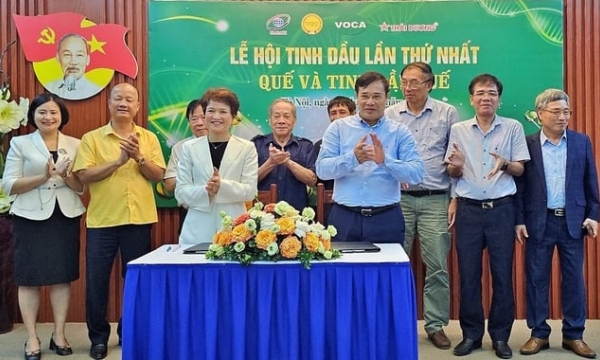
(VAN) Shortage of skilled and specialized human resources, incomplete production processes, and lack of methods to access the global market are common difficulties of the cinnamon industry.
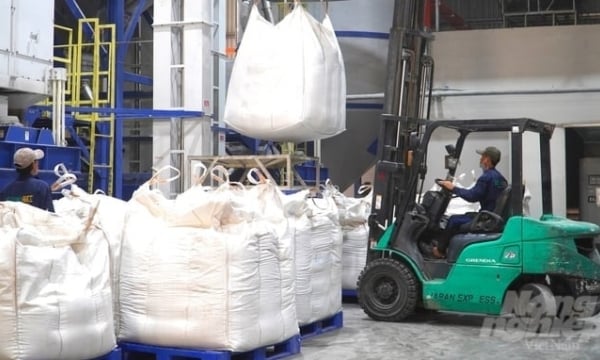
(VAN) In anticipation of a global shortage in rice supply, Vietnam is determined to restructure, enhance value, fulfill domestic consumption needs, and maintain a rice export volume of 7.4 million tons in 2024.
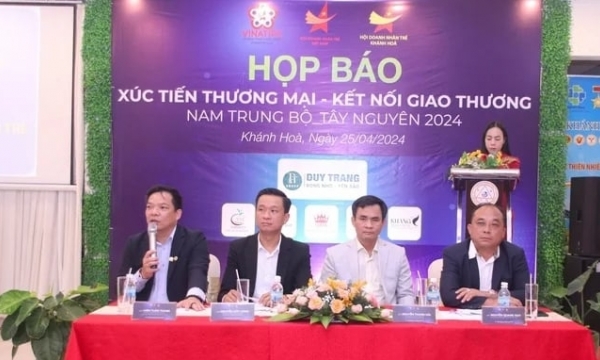
(VAN) The Trade Promotion and Connectivity Program between the South Central Coast and the Central Highlands in 2024 will be held in Nha Trang City on May 23
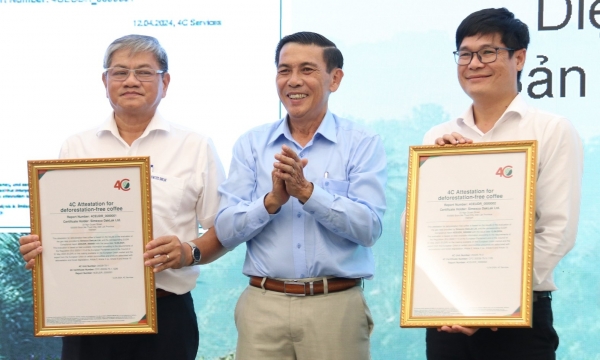
(VAN) Simexco DakLak has been approved for EUDR compliance, which includes 4,957 farmers and 5,375 hectares of production linkage areas.
/2024/04/26/0311-1-085026_641.jpg)
(VAN) The Ministry of Agriculture and Rural Development has just approved Project 'Sustainable Development of the Cassava Industry Until 2030, with a Vision to 2050' with an export target of USD 1.8–2 billion by 2030.
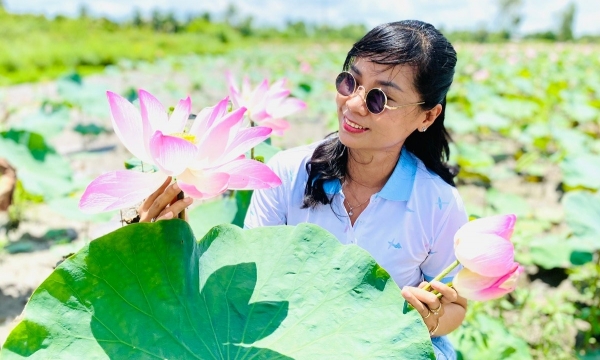
(VAN) The second Dong Thap Lotus Festival in 2024 attracts 66,000 lotus pots, with 57 lotus varieties that are beautifully arranged to create an interesting experience space.
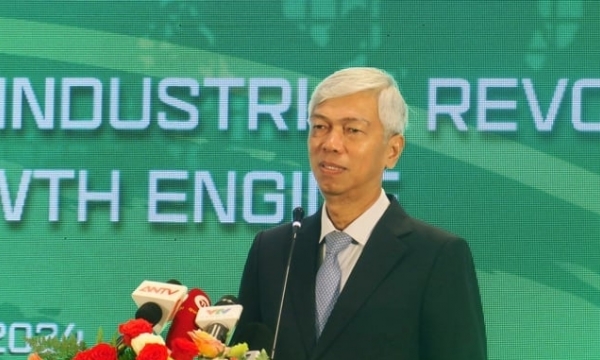
(VAN) The HCMC Centre for the 4.0 Industrial Revolution (C4IR) is expected to create new momentum for economic, social, and innovative development.